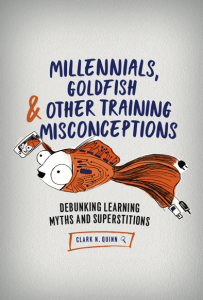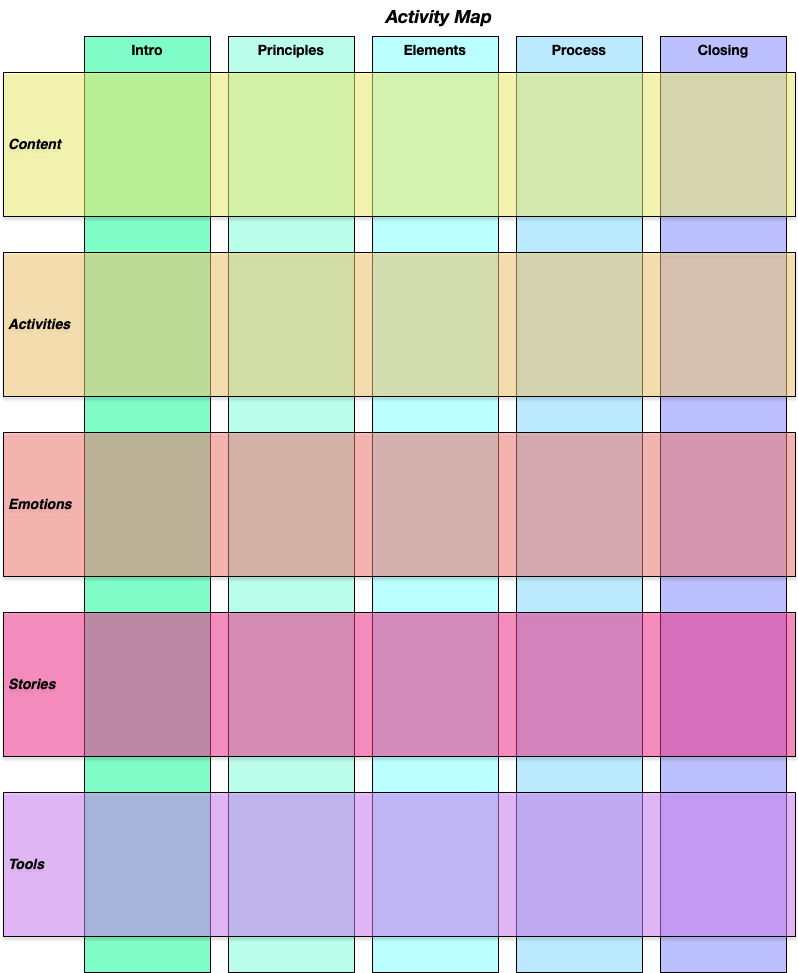If I’m going to rail against myths in learning, it makes sense to be clear about what learning design without myths looks like. Let me lay out a little of what mythless learning design is, or should be.
 Learning with myths manifests in many ways. Redundant development to accommodate learning styles, or generations. Shortened to be appropriate for millennials or the attention span of a goldfish. Using video and images for everything because we process images 60K faster. Quiz show templates for knowledge test questions because they’re more engaging. And all of these would be wrong.
Learning with myths manifests in many ways. Redundant development to accommodate learning styles, or generations. Shortened to be appropriate for millennials or the attention span of a goldfish. Using video and images for everything because we process images 60K faster. Quiz show templates for knowledge test questions because they’re more engaging. And all of these would be wrong.
Instead, mythless design starts with focusing on performance. That is, there’re clear learning outcomes that will change what people do that will affect the success of the organization. It’s not about knowledge itself, but only in service of achieving better ability to make decisions.
Then, it’s about designing meaningful practice in making those decisions. It’s not about testing knowledge, but ability to apply that knowledge to choose between alternative courses of action. It can be mini-scenarios (better multiple choice), branching, or sims, but it’s about ‘do’, not know.
We reinforce practice with content that guides performance and provides feedback. It does use multiple media, because we use the right media for the message. Yes, we look to engage multiple senses, but for comprehending and encoding information. And variety. We use visuals to tap into our powerful visual processing system, not because they have any particular metric improvement. We also use audio when appropriate. And while text is visual, we use it as appropriate too. To address learning outcomes, not learner preferences.
Mythless learning design may use small amounts of content, but because minimalism keeps cognitive load in check, not because our attention span has changed. We need appropriate chunking, as our working memory is limited, so we want to make things as small as possible, but no smaller!
We design meaningful active practice not because any generation needs it, but because it’s better aligned with how our brains learn at pretty much any age. There are developmental differences in working memory capacity and experience base, but everyone benefits from doing things, not passively consuming content.
There are good bases for design. Ones that lead to real outcomes. Starting from a performance focus, and reflecting what’s been demonstrated in learning science research, and tested and refined. Evidence guiding design, not myths.
There are also bad bases for design. Dale’s Cone, shiny object syndrome, the list goes on. Gilded bad design is still bad design. Get the core right. Let’s practice good, mythless learning design. Please.



